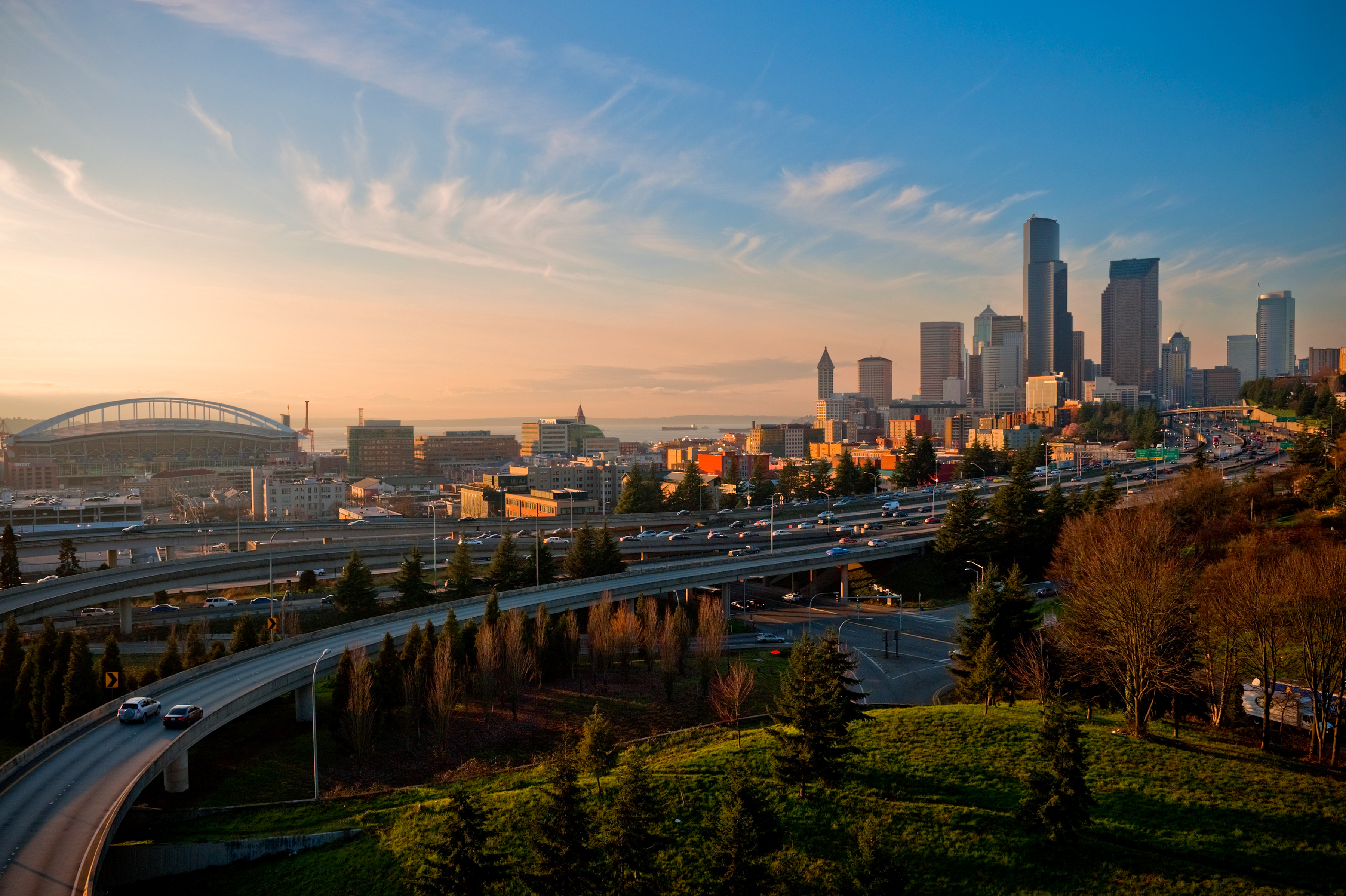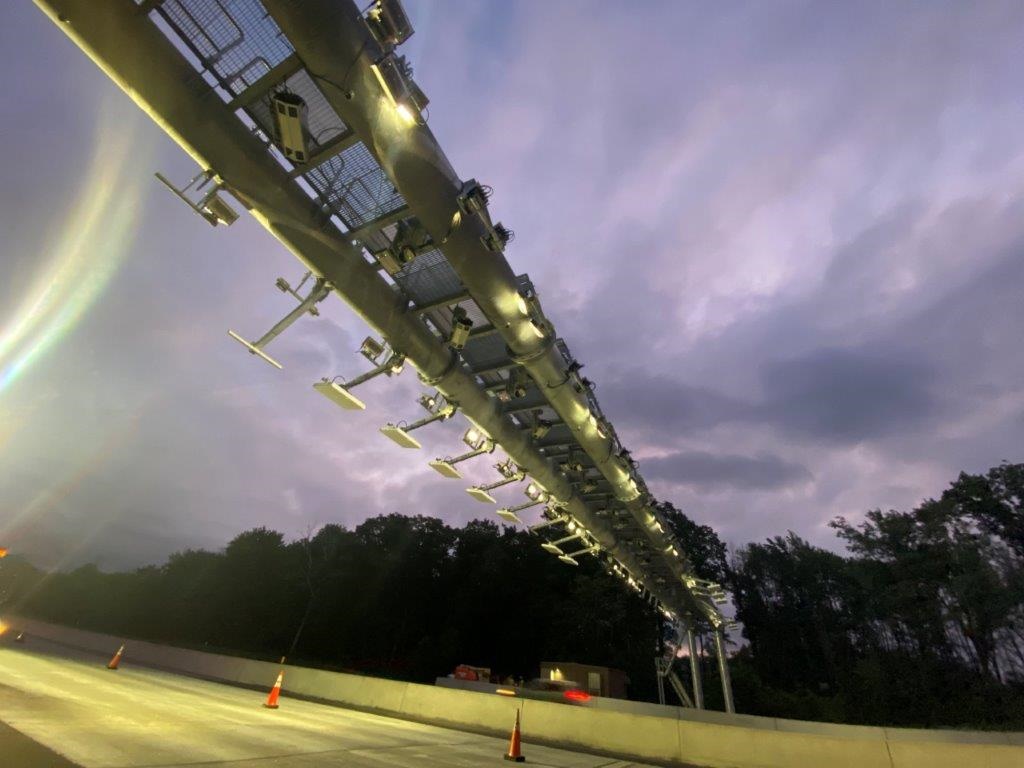
Michael Maitland from
In most cities, population growth translates to more people driving cars, which means more traffic, more pollution, and more congestion on the road. More consumer demand also means more commercial vehicles, and subsequently more intense wear on public roadways. Because legislation often moves too slowly to upgrade these crowded and worn-out roads, municipalities are left facing the simultaneous issues of congested traffic, increased emissions, dilapidated roads, and insufficient funding with which to make renovations. Road tolling, in its various forms, can not only raise revenue and help finance new infrastructure development while potentially subsidising mass transit, it is also a means to manage congestion, combat air quality problems, and facilitate general traffic flow.
However, as challenges and objectives vary by city, so must the technology solutions they deploy. In the area of tolling and traffic management, there are multiple configurations and custom solutions that road authorities can adopt, based on their needs and aspirations. These include All Electronic Tolling (AET), Managed Lanes and Dynamic Pricing, Zone-Based Tolling and Satellite / VMT Tolling. With technology ever changing, each category is constantly evolving and the challenge for authorities is to decide what best fits their unique needs.
Open road tolling
All Electronic Tolling is designed for long stretches of major highways and operates 24/7 without the use of traditional toll plazas. Instead, roadway-spanning gantries carry an array of antennas, a radio-frequency identification (RFID) reader, an automatic licence-plate reading (ALPR) camera, a vehicle classification sensor, and a powerful computer, all of which collect the necessary charging information while the vehicle is travelling at highway speed. This means the tolling operation itself does not reduce the road capacity. In the UK, free flow tolling on the Dartford Crossing removed 13 toll booths and cut 15 minutes from the peak period journey times on the southbound carriageway (tunnel capacity limited gains on the northbound carriageway).
Toll charging can either be on the basis of registered users mounting a small on-board unit (OBU), or ‘transponder’ on the inside of the windscreen or externally, on the headlamp, bumper, or rooftop. Information on the OBU is collected by the gantry-mounted RFID reader and is linked, along with the licence plate details, to the driver’s account.
Simultaneously, the ALPR camera captures an image of the vehicle’s licence plate. This information can either be used as a secondary confirmation of a vehicle with an OBU or as the primary means of identification in video tolling, and in both cases, as the basis for enforcement for non-payers. This is generally between 2% and 5% in North America but is potentially higher in other regions.
Once the details have been captured, the transaction is ‘rated’ - applying the appropriate toll amount based on such variables as type of vehicle, time of day, and length of travel. This transaction is then sent to the commercial back office where it is linked to the account holder (if available) and invoiced.
This system has lowered the cost of collection for the tolling agency – typically between 5% and 8% of the toll revenue. New or existing roads can be configured for AET.
Managed lanes
With a managed lanes system, a portion of the lanes on a highway are reserved for toll-paying drivers. These are known as express lanes and often run directly alongside the non-tolled general purpose lanes. Drivers can therefore choose to pay for a faster journey or to stay in the non-tolled lanes.
Like AET, a managed lanes system can also charge drivers by using RFID or video technology but what sets it apart is a mechanism known as Dynamic Pricing, which automatically adjusts the price to use the express lanes based on live traffic conditions. When more cars enter the express lanes and the speed falls below a certain threshold, the cost to use them decreases because the user benefit is reduced. Conversely, with fewer cars and shorter travel times the user benefit, and the cost, is increased.
The dynamic pricing feature creates a ‘market’ on the roadway for expedited travel and can be used to entice users into the lanes in order to increase the flow of traffic overall. Current fares are posted before and at the express lane entrances, enabling the driver to choose whether to use them or not.
A managed lanes system can be implemented on an existing highway, thereby eliminating, temporarily or permanently, the need for new infrastructure while simultaneously generating new revenue.
Zone-based tolling
Zone-based tolling is a mechanism that can charge drivers in specific circumstances – such as driving into low-emission areas, onto certain roads during rush hour, or crossing an urban boundary. Also known as congestion charging or access charging, zone-based tolling can be applied to a variety of urban situations based on local objectives.
When zone tolling is applied to regulate heavy traffic, it is referred to as congestion charging, which is a defined urban area where drivers either pay a fee to use the road at certain times, or when they enter and exit the zone. Payments can be processed via user accounts while non-registered users can pay afterwards either online, by phone, or at particular locations.
Zone tolling can also be used to regulate carbon emissions or access to urban areas by setting the toll and/or permit fees according to the vehicle’s size or emission class. Because access is restricted and monitored using these mechanisms, urban areas can benefit from decreased emissions and preserved infrastructure.
Road user charging
Road User Charging is a tolling scheme that works using GNSS satellite technology and allows free-flowing traffic without requiring additional roadside components. In this setup, the OBU allows the satellite to geo-locate the vehicle’s position and initiates the tolling process when toll areas are detected. Depending on how the system is configured, the driver’s account can be charged directly by the OBU or after the data has been transmitted to a back office system.
Because satellite tolling requires little to no roadside infrastructure, it is ideal for any road type and is low-maintenance and visually aesthetic. It can be implemented on any existing road and can incorporate the local tolling parameters as they apply to road type, location, and time of day.
Satellite tolling can be a fast and easy method of distributing costs equitably among road users, and is a practical way to finance infrastructure upgrades using existing roadways without significant upfront costs. Current satellite-based truck tolling schemes have experienced some difficulties in obtaining full and accurate coverage, particularly in areas with tall buildings. However, it is certain that as technology continues to improve, satellite-based tolling will become a significant industry solution.
Vehicle miles travelled
The system of charging drivers only for the actual mileage they travel is known as a mileage-based user fee (MBUF). When the mileage-based user fee concept is combined with satellite tolling, it creates a solution called Vehicle Miles Travelled (VMT) in which GNSS geo-locates the vehicle in real-time and the driver is charged based on the precise distance covered. Urban VMT is interoperable with all urban demand management solutions. The roadside solution is based on ALPR and video tolling technology is currently being trialled with so-called OBD-II devices that plug into the vehicle’s OBD-II port. These devices can report the driven mileage wirelessly to a back office system, where the toll fee is calculated. It can also incorporate DSRC (dedicated short range communication) to maximise accuracy and reliability. The continued stress on transportation infrastructure drives the need for investment which requires funding. Usage-based tolling, in all its configurations, offers transportation officials options to maintain and enhance the overall experience of today’s road users.
Austin’s electronic solution
The Central Texas Regional Mobility Authority, or CTRMA-183A in the Austin, Texas area, is a cashless AET road designed to reduce congestion and travel times for its users. Drivers wanting to pay by mail can use either an RFID transponder or be video-tolled. A recent study showed declines in congestion on parallel frontage roads, reduced commute times during peak periods, and overall reduction in emissions. An average trip on 183 before the opening of 183A was more than 18 minutes; the trip is now approximately nine minutes regardless of the time of day. In addition, fuel consumptions reduced by 26% annually and there was a reduction in emissions of 47% Carbon Monoxide (CO), 50% Nitrogen Oxide (NOx) and 37% reduction in Hydrocarbons.
NHDoT
The New Hampshire Department of Transportation (NHDoT) provides an AET system at the Hookset and Hampton Mainline (toll) plazas. Each is a full AET road implementation using Automatic Vehicle Identification (AVI) readers, ALPR capture, and a vehicle classification system. Drivers wishing to pay with cash can use the toll booths on either side of the AET lanes. The introduction of the AET lanes has significantly reduced wait times at the toll plaza, increased traffic flow and reduced area pollutants. The throughput for the cash lanes was about 450 vehicles per hour as compared to the throughput of the AET lanes which is 2200 vehicles per hour. Overall congestion was reduced by 14.4% (more than 268,000 vehicles) and there was a 60% decrease in accidents. In addition, there has been an annual saving of 465,000 gallons of fuel.











